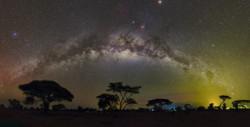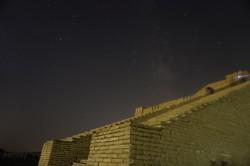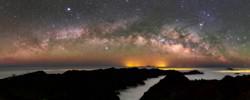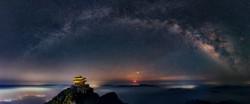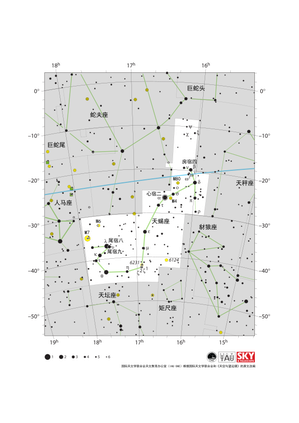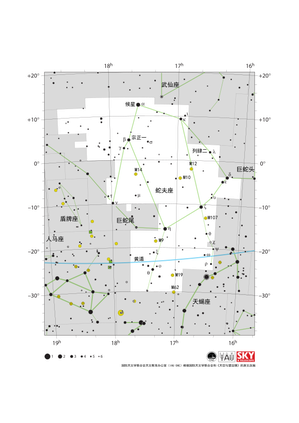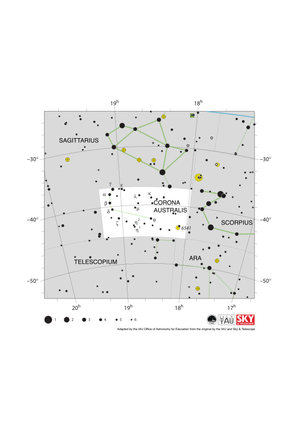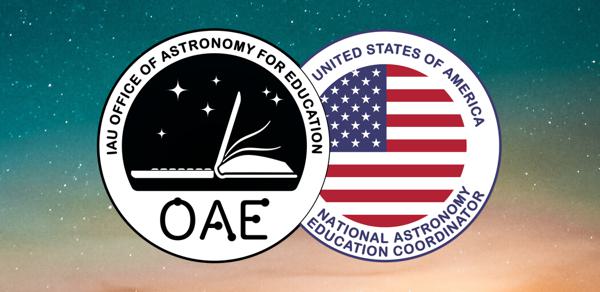Glossary term: 人马座
Description: 人马座是黄道带上的一个星座,也就是说,组成这个星座的恒星位于与黄道(由地球绕太阳运行的轨迹所确定的平面)相交的那部分天空。因此,从地球上看,我们会发现太阳和太阳系的其他行星经常落在人马座中。就太阳而言,这发生在每年12月下旬到1月上旬。(当然,那时我们看不到人马座中的恒星。)人马座是国际天文学联合会定义的88个现代星座之一,但其历史可以追溯到更久远的年代——它是公元2世纪的天文学家克罗狄斯·托勒密(Claudius Ptolemy)命名的48个星座之一。值得注意的是,我们银河系的中心就位于人马座,那里有着超大质量黑洞——人马座A*。
Related Terms:
See this term in other languages
Term and definition status: The original definition of this term in English have been approved by a research astronomer and a teacher The translation of this term and its definition is still awaiting approval
The OAE Multilingual Glossary is a project of the IAU Office of Astronomy for Education (OAE) in collaboration with the IAU Office of Astronomy Outreach (OAO). The terms and definitions were chosen, written and reviewed by a collective effort from the OAE, the OAE Centers and Nodes, the OAE National Astronomy Education Coordinators (NAECs) and other volunteers. You can find a full list of credits here. All glossary terms and their definitions are released under a Creative Commons CC BY-4.0 license and should be credited to "IAU OAE".
If you notice a factual or translation error in this glossary term or definition then please get in touch.
Related Media
安波塞利国家公园上空的银河拱门
Credit: Amirreza Kamkar/IAU OAE
License: CC-BY-4.0 Creative Commons 署名 4.0 国际 (CC BY 4.0) icons
银河臂
Credit: Ruqayah Mohammed/IAU OAE
License: CC-BY-4.0 Creative Commons 署名 4.0 国际 (CC BY 4.0) icons
拉帕尔马岛上的银河拱桥
Credit: Amirreza Kamkar/IAU OAU
License: CC-BY-4.0 Creative Commons 署名 4.0 国际 (CC BY 4.0) icons
金顶银河拱月
Credit: Likai Lin/IAU OAU
License: CC-BY-4.0 Creative Commons 署名 4.0 国际 (CC BY 4.0) icons
湖中的天琴座流星
Credit: Jianfeng Dai/IAU OAE
License: CC-BY-4.0 Creative Commons 署名 4.0 国际 (CC BY 4.0) icons
Related Diagrams
天蝎座星图
Credit: 国际天文学联合会天文教育办公室(IAU OAE)根据国际天文学联合会和《天空与望远镜》的原文改编
License: CC-BY-4.0 Creative Commons 署名 4.0 国际 (CC BY 4.0) icons
人马座星图
Credit: 国际天文学联合会天文教育办公室(IAU OAE)根据国际天文学联合会和《天空与望远镜》的原文改编
License: CC-BY-4.0 Creative Commons 署名 4.0 国际 (CC BY 4.0) icons
摩羯座星图
Credit: 国际天文学联合会天文教育办公室(IAU OAE)根据国际天文学联合会和《天空与望远镜》的原文改编
License: CC-BY-4.0 Creative Commons 署名 4.0 国际 (CC BY 4.0) icons
蛇夫座星图
Credit: 国际天文学联合会天文教育办公室(IAU OAE)根据国际天文学联合会和《天空与望远镜》的原文改编
License: CC-BY-4.0 Creative Commons 署名 4.0 国际 (CC BY 4.0) icons
Corona Australis Constellation Map
Credit: Adapted by the IAU Office of Astronomy for Education from the original by the IAU and Sky & Telescope
License: CC-BY-4.0 Creative Commons 署名 4.0 国际 (CC BY 4.0) icons
